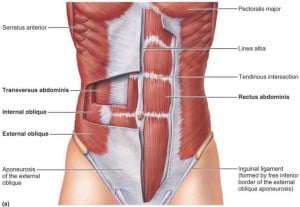Last week at the gym when I made a quick dash to the restroom I found several ladies discussing how much more they hated jumping jacks now since having a baby. Seeing my pregnant belly they urged me to do my Kegels as they headed off to their group fitness class. I could totally relate to what they were talking about, you can read my post on this very topic: The Mama Confessionals: Oops...I Peed My Pants! Nobody wants to pee on themselves, which is why I thought it would be helpful to talk about how I feel about Kegels on the blog today. Now don't stop reading this just because you haven't had a baby. This post will be helpful to everyone, because even the manliest of men, can suffer from pelvic floor disorders. I think the majority of information that we have been told by our doctors, girlfriends, moms, and sister on Kegels is more harmful to us than helpful. Let me explain... KEGELS & YOUR PELVIC FLOOR Doing Kegels causes muscular contractions. Now if you have very slack … [Read more...]
The Truth About Diastasis Recti & Healing Your Core
If you did not read last weeks post Prenatal Fitness, Diastasis Recti, & Body After Baby you might want to do that before you read further so you have some background on what it is I am discussing. Medical Disclaimer: I also feel I need to put a disclaimer on this post and let you know I am by no means a medical professional or a diastasis recti expert. I am however a mother, certified personal trainer, and yoga instructor. What I am sharing is based on my own research and experience. THE TRUTH ABOUT DIASTASIS RECTI & WHY IT MATTERS When abdominal separation occurs the rectus abdominis (otherwise lovingly referred to by many as the six-pack muscle) is not the only muscle that is affected. It is however what the majority of people notice. Take a look at this picture of the core musculature. Many of these muscles are attached to the same structures. The reason this is important to note is because when a muscle looses its stability it can cause a ripple effect throughout … [Read more...]













